mReview: Range Rover Plug-in Hybrid 3.0 Autobiography – Fit For A King
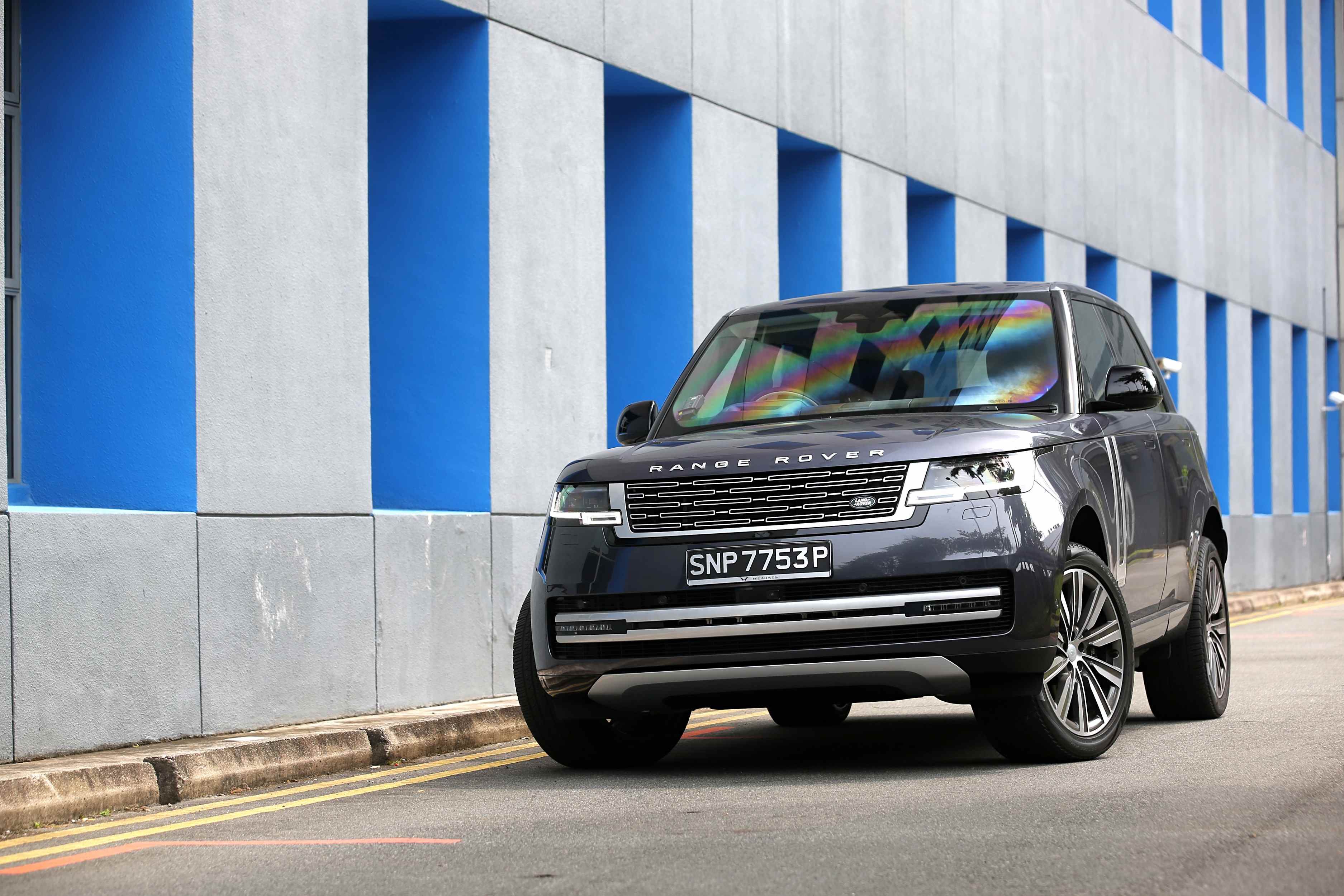
The Range Rover has long been a symbol of luxury, wealth, and success. With sustainability now a priority, can its latest plug-in hybrid help to maintain the Range Rover’s claim as king of the road?
For many, the Range Rover is right at the tippy top of the SUV food chain, the point of convergence between luxury and capability. It’s small wonder then, that the Range Rover has been the chariot of choice for everyone from Beckham to Buckingham.
This latest model we’re testing comes with a plug-in hybrid cherry on top of a very plush cake. A 31.8kWh battery pack is fitted to the undercarriage of the Range Rover, with 160kW of output and more importantly, around 80km of range on electric power alone.
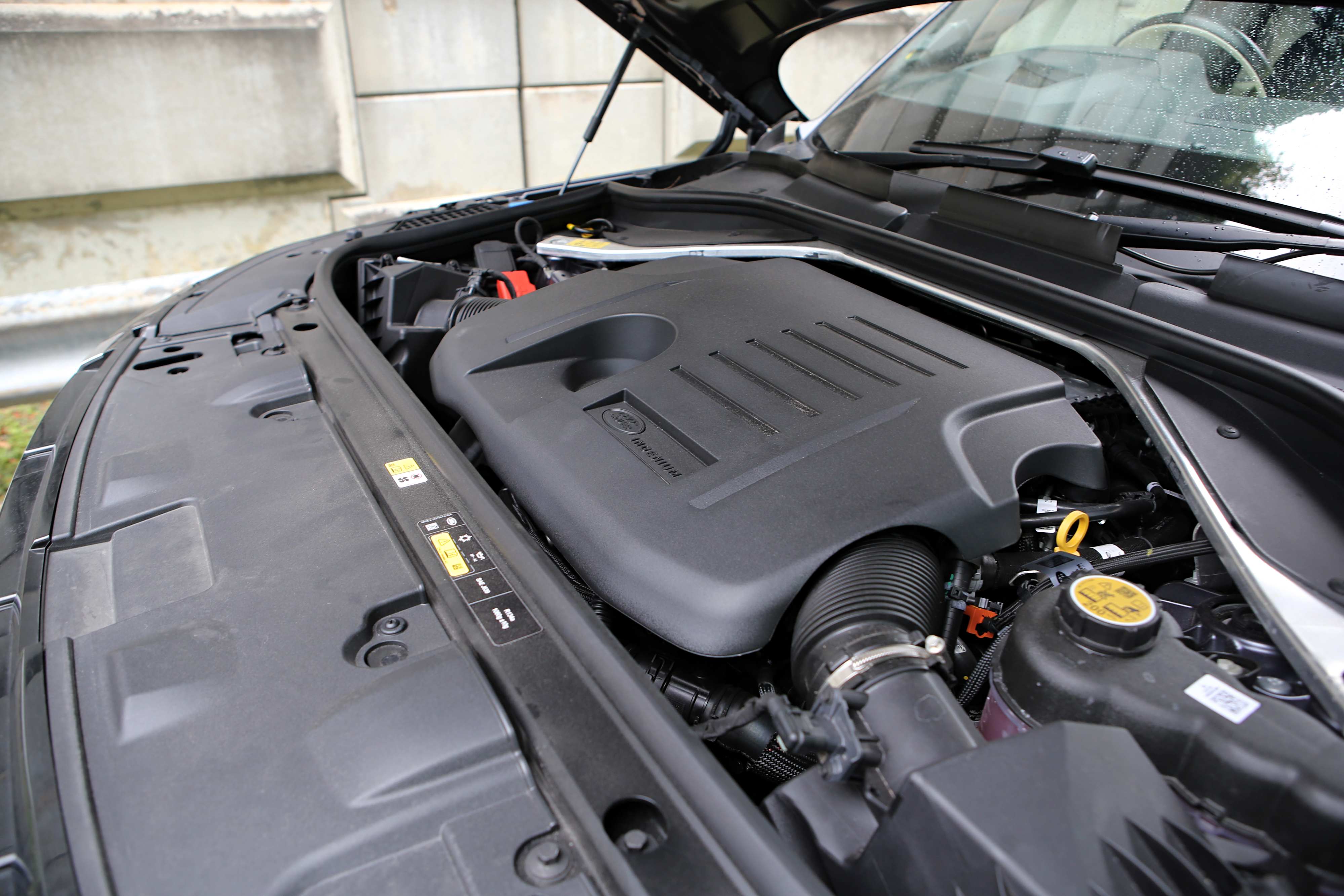
This means that for the average user in Singapore, you could get at least a couple days commute in full EV mode and if you have easy access to a charger (both AC and DC charging works to recharge the battery here), you could easily extend your EV-only streak indefinitely as long as you don’t take any long drives.
However, this is not the fully electric Range Rover, that particular car is still on its way. This car is still a hybrid which means it still has a combustion engine, and what a brilliant engine it is.
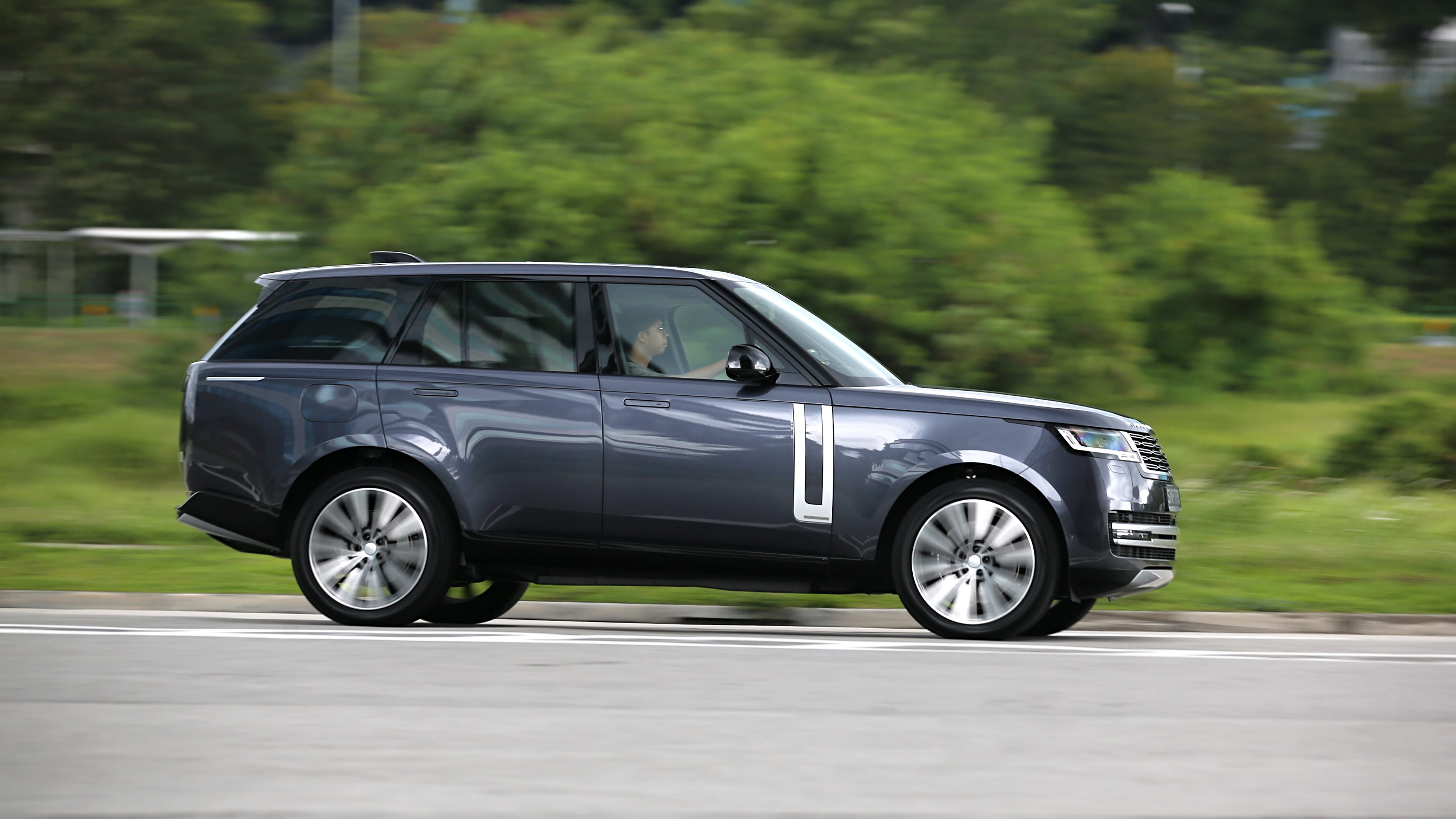 Air suspension gives the Range Rover a magic carpet ride.
Air suspension gives the Range Rover a magic carpet ride.
The plug-in hybrid Range Rover uses a 3-litre, twin-charged, 6-cylinder engine mated to an 8-speed ZF automatic gearbox. A total combined output of 542bhp and 800Nm of torque means that despite the substantial 2.7-ton heft of the Range Rover, there’s more than enough grunt to where it never feels overweight.
The driving experience in this machine is absolutely divine. The combination of a silky smooth powertrain and an interior quiet enough to be a recording studio creates a drive so serene that you can feel the stress melting away.
 No bad seats in the house.
No bad seats in the house.
Every seat is a full-on lounger with heating, cooling, and massaging functions for the front row, and electric adjustment with memory and heating for the second row. But regardless of where you sit, you’re swaddled by leather and cushy materials, there’s not a cheap touchpoint to be found anywhere.
The steering wheel, for example, is wood-rimmed and simply lovely to operate. The effort required to manouevre the Range Rover is minimal, with lots of power assistance and rear-wheel steering helping to make driving as effortless as possible despite its size.
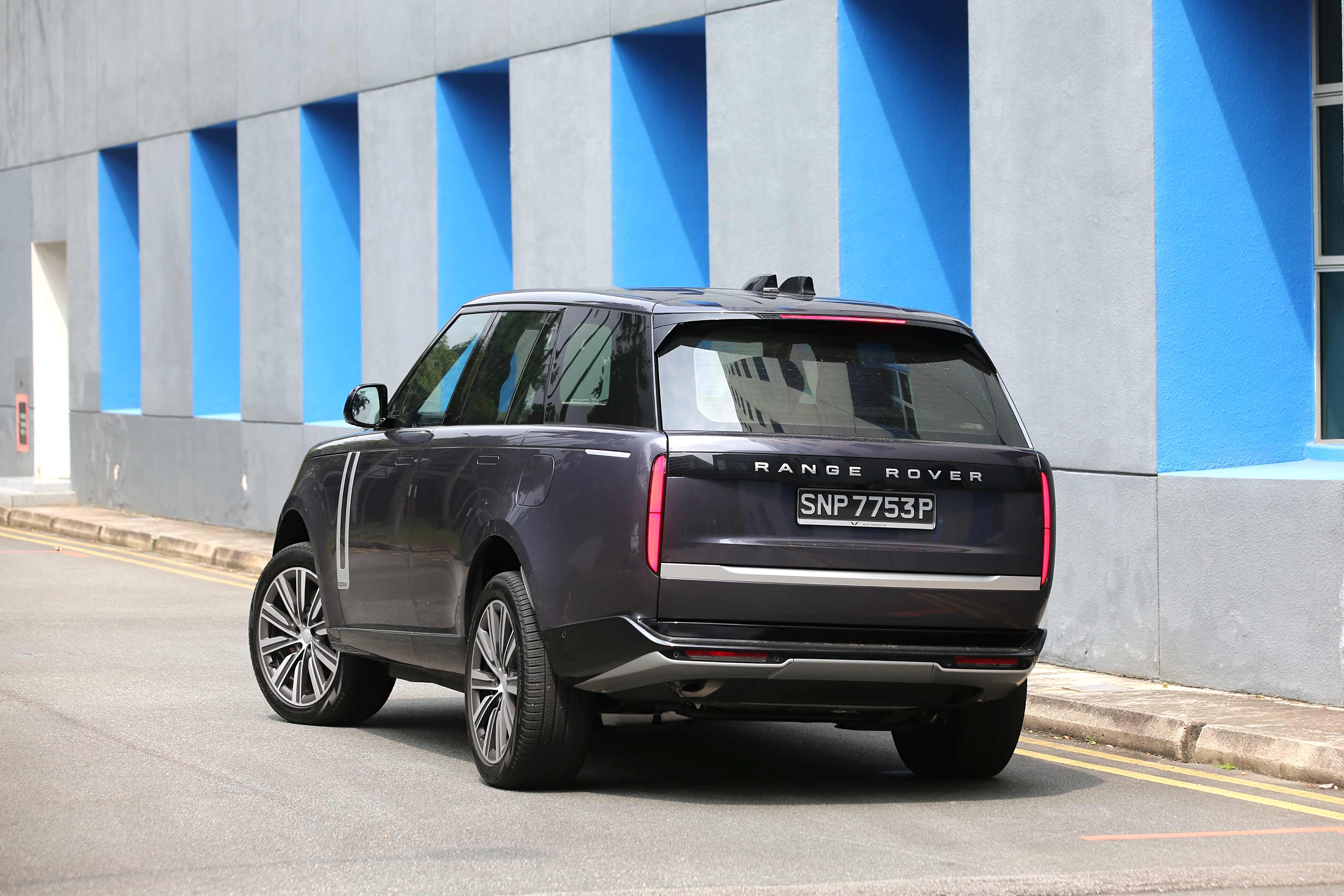
Driving the Range Rover gives you a feeling of imperiousness like nothing else out there, you always feel like a VIP, regardless of how “I” a “P” you actually are. You feel like the big boy at the playground, with every other car around you mere peons. There are few cars that give you a sense of “having made it in life” than this does.
However, brilliant though it is, the Range Rover is not without flaw. Like many other cars, it has also been fired into the modern world with a heavily digitised interior which I must say I’m not the biggest fan of.
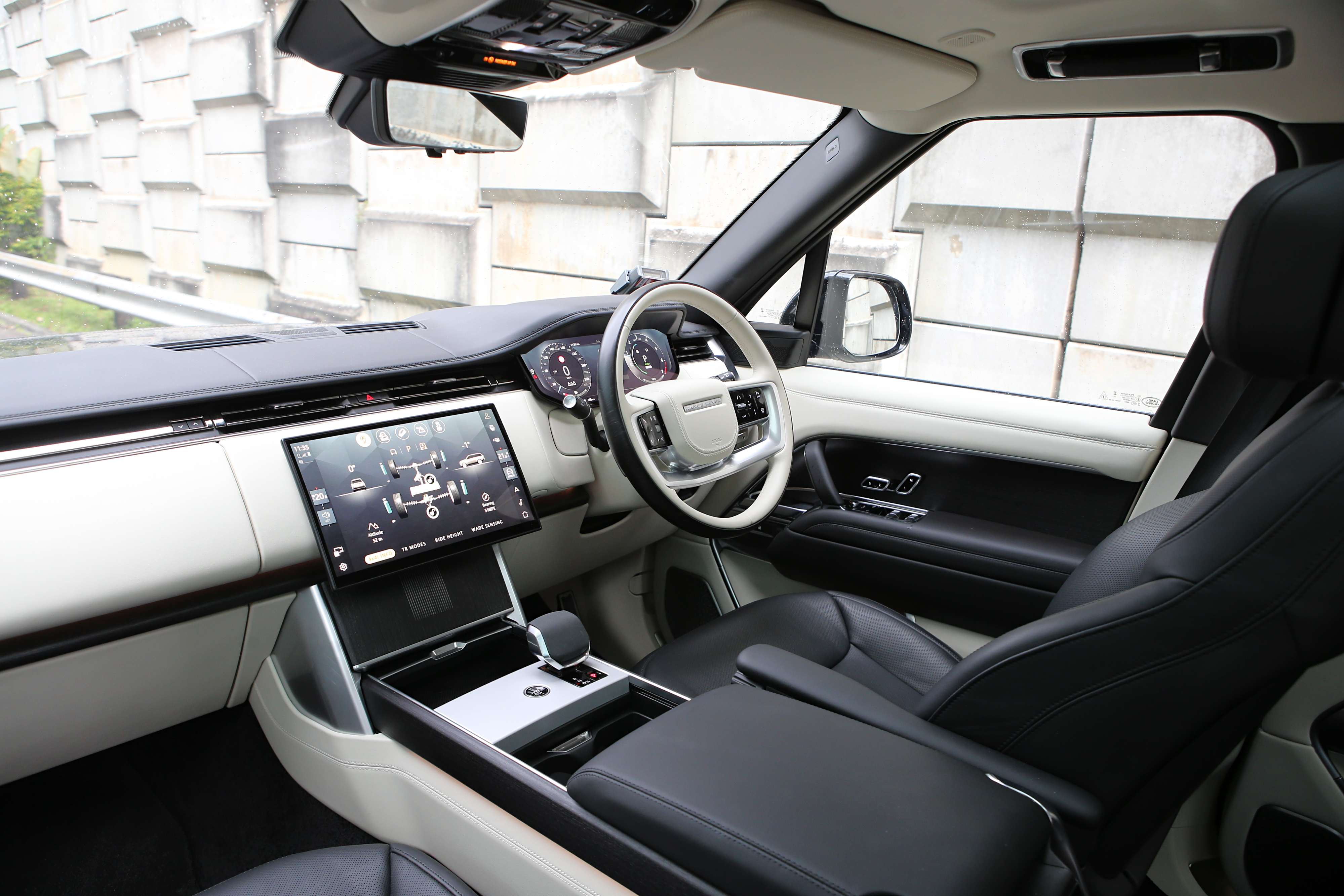 A beautiful interior that's highly pleasant to most of your senses (I didn't taste it).
A beautiful interior that's highly pleasant to most of your senses (I didn't taste it).
There are no physical buttons for the climate or infotainment controls, all functions are instead accessed either through the 13.1-inch centre touchscreen or through the touch-sensitive buttons on the steering wheel. As usual, this makes accessing your car’s controls a much more conscious task, taking your attention away from the road. A return to physical buttons would be safer and much more functional and thankfully it seems like car design is trending back towards it.
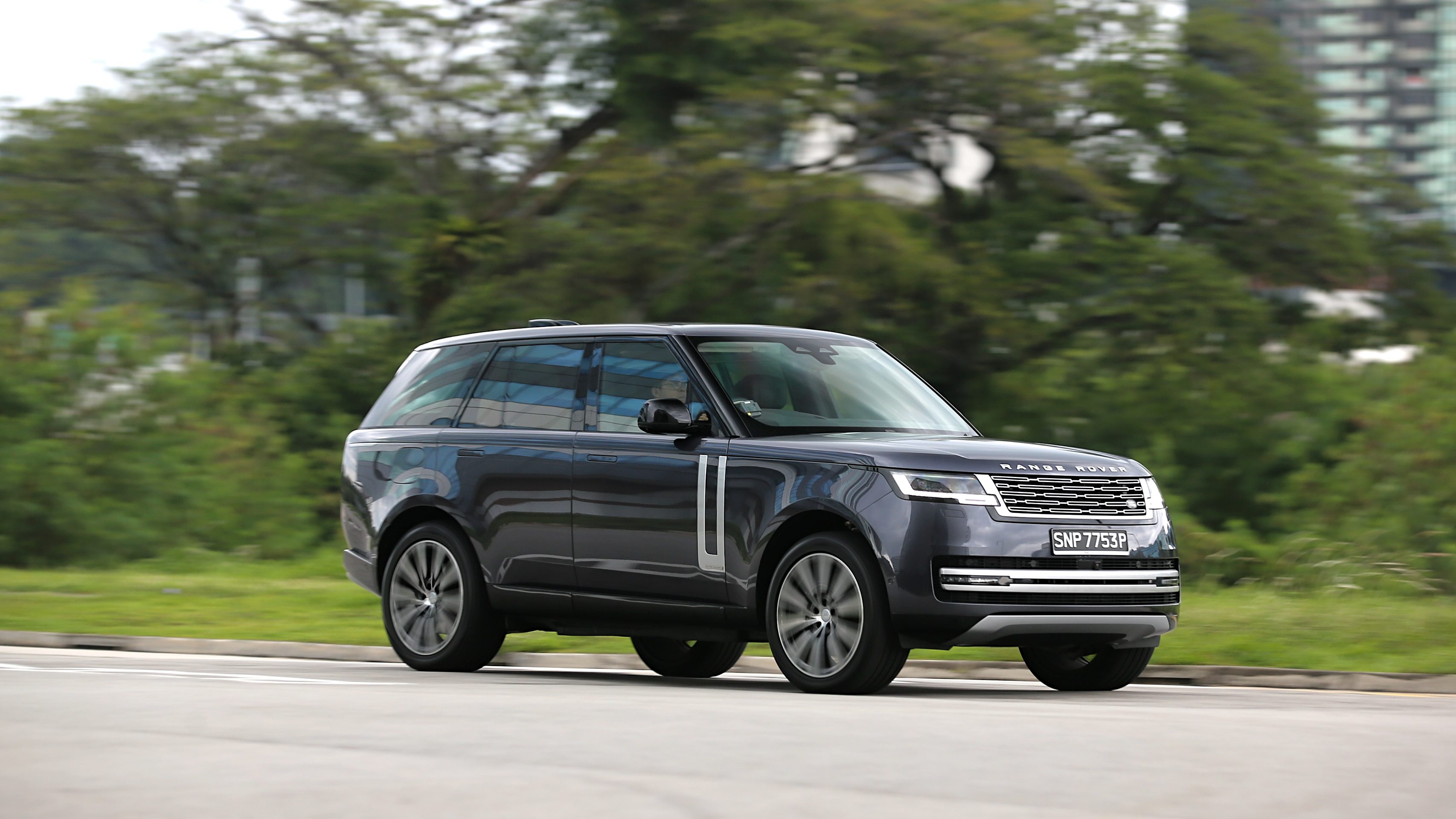 Wouldn't look out of place with blacked out windows and a police light on the roof.
Wouldn't look out of place with blacked out windows and a police light on the roof.
A lack of buttons aside, the infotainment system on the Range Rover is top notch. The 35-speaker (!) Meridian Signature sound system is one of the best I’ve ever heard in a vehicle, the perfect complement to the incredibly insulated cabin, especially since the car uses its speakers and a variety of sensors to implement active noise cancellation for maximum isolation from the outside world.
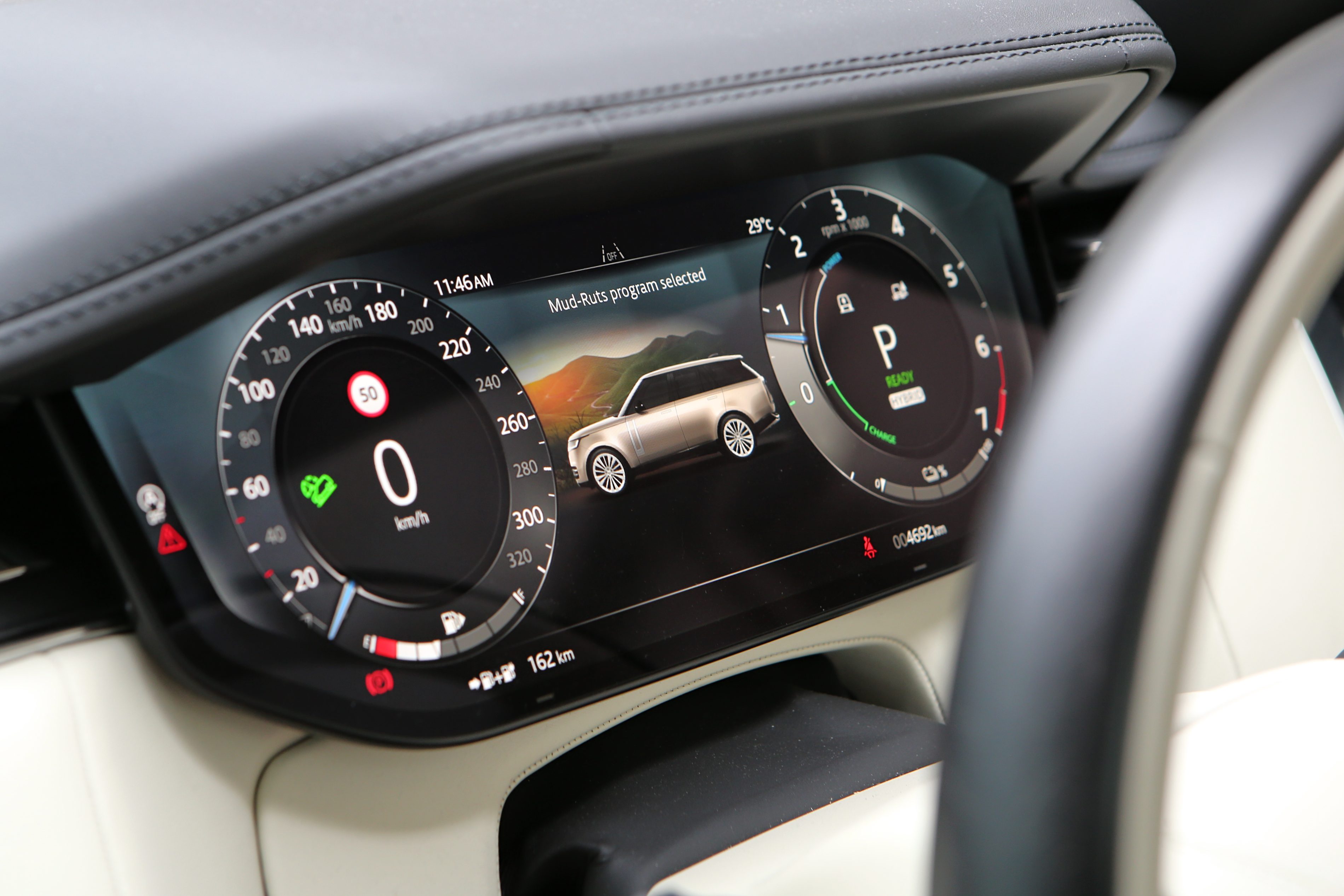
You can also, of course, adjust all of the Range Rover’s off-road functions and drive modes through the screen as well. Sadly, few here will ever test these out as Singapore is about as far removed from off-roading as you can get, although the car is rated for 900mm of wading depth, should you find yourself faced by some sudden ponding.
Additionally, thanks to the electrification, even the fuel economy is amazingly good. Even with the battery empty, the car regenerates enough energy under braking to set off again under full electric power, saving the engine from having to work at its least efficient.
 The signature split tailgate is still present and is now electrically operated.
The signature split tailgate is still present and is now electrically operated.
As a result, real-world fuel economy is a staggeringly good 45km/L (125km/L is the official claimed figure) with the battery charged and 11.1km/L with the battery completely empty. I firmly believe that hybrids and not full-EVs are the way forward and this just proves my case. A simple, unintrusive hybrid setup has evolved the Range Rover from ostentatious gas-guzzler into a vehicle much more sensible but no less posh.
This Range Rover has been undoubtedly one of the most impressive vehicles I’ve ever tested, with unparalleled levels of luxury, comfort, and capability. It’s utterly magnificent in its road presence and poise while on the move. I suppose that shouldn’t come as a surprise, though. If it’s good enough for ol’ Charlie Windsor, it surely must be good enough for me.
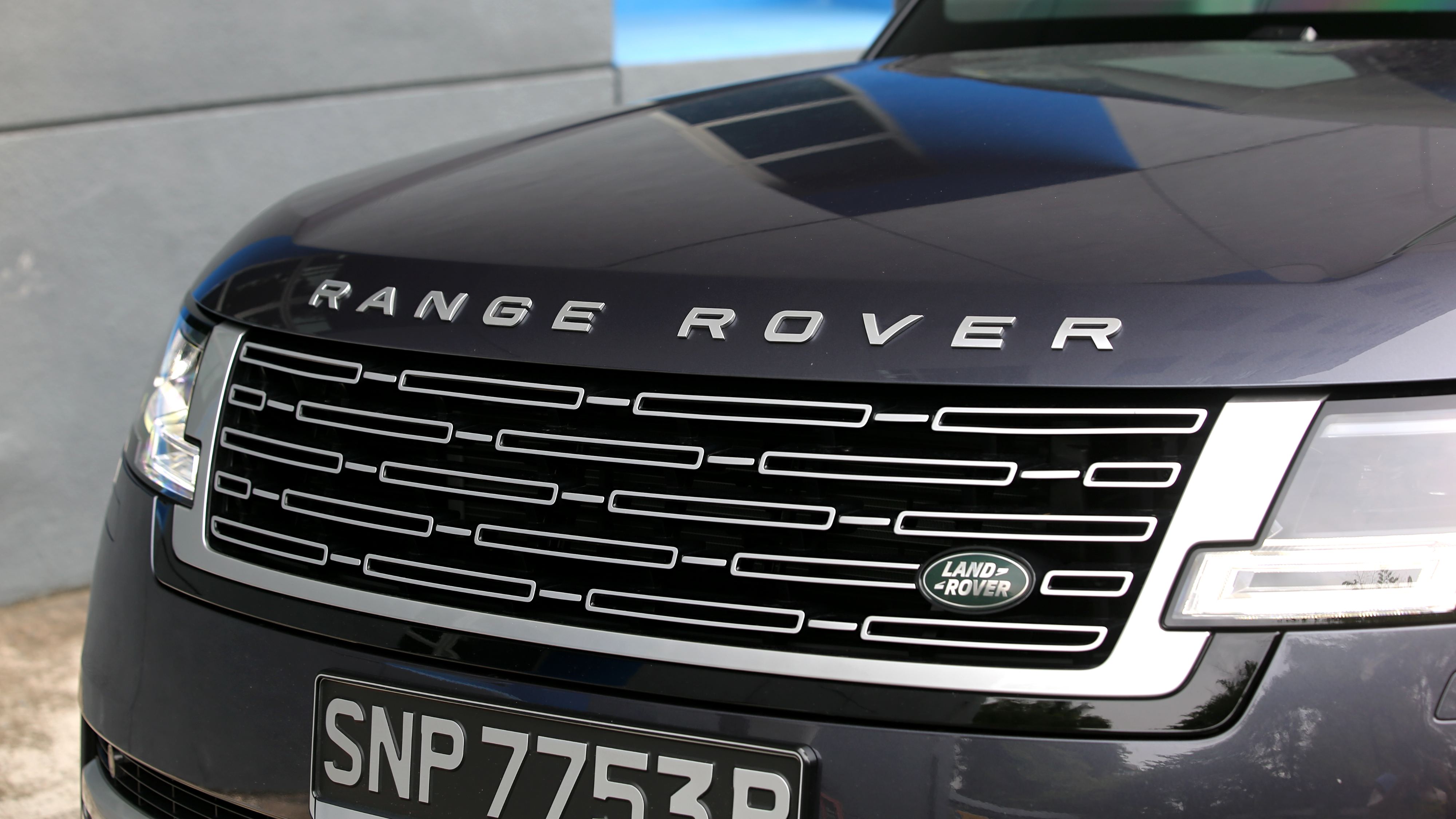
| Range Rover Plug-in Hybrid 3.0 Autobiography SWB | ||
|---|---|---|
| Price (at time of publishing): $785,888 without COE | VES Band: B | |
Engine: Twin-charged, inline 6-cylinder |
Capacity: 2,997 cc |
Combined Power & Torque: 542 bhp @ 5,500 - 6,500rpm & 800 Nm @ 2,000 - 5,000rpm |
Transmission: 8-speed automatic |
Driven Wheels: All |
Consumption: 125 km/L |
0-100 km/h: 5 seconds |
Top Speed: 242 km/h |
Fuel Tank & Battery Capacity: 71.5 litres & 38.1 kWh |
|
Dimensions (L x W x H):
5,252 mm x 2,047 mm
x 1,870 mm |
Wheelbase: 3,197 mm
|
Cargo Capacity: 1,050 litres |
Read More: mReview: 2024 Range Rover Velar – Aloe Velar For Your Majesty
Super App for
Vehicle Owners
Download the Motorist App now. Designed by drivers for drivers, this all-in-one app lets you receive the latest traffic updates, gives you access to live traffic cameras, and helps you manage LTA and vehicle matters.
